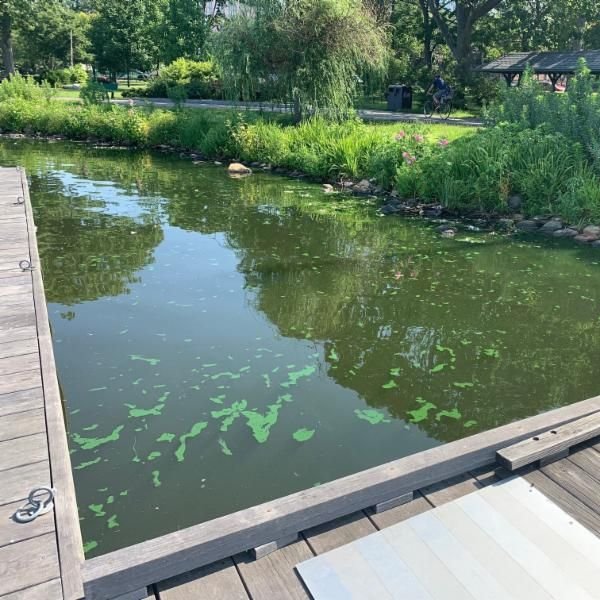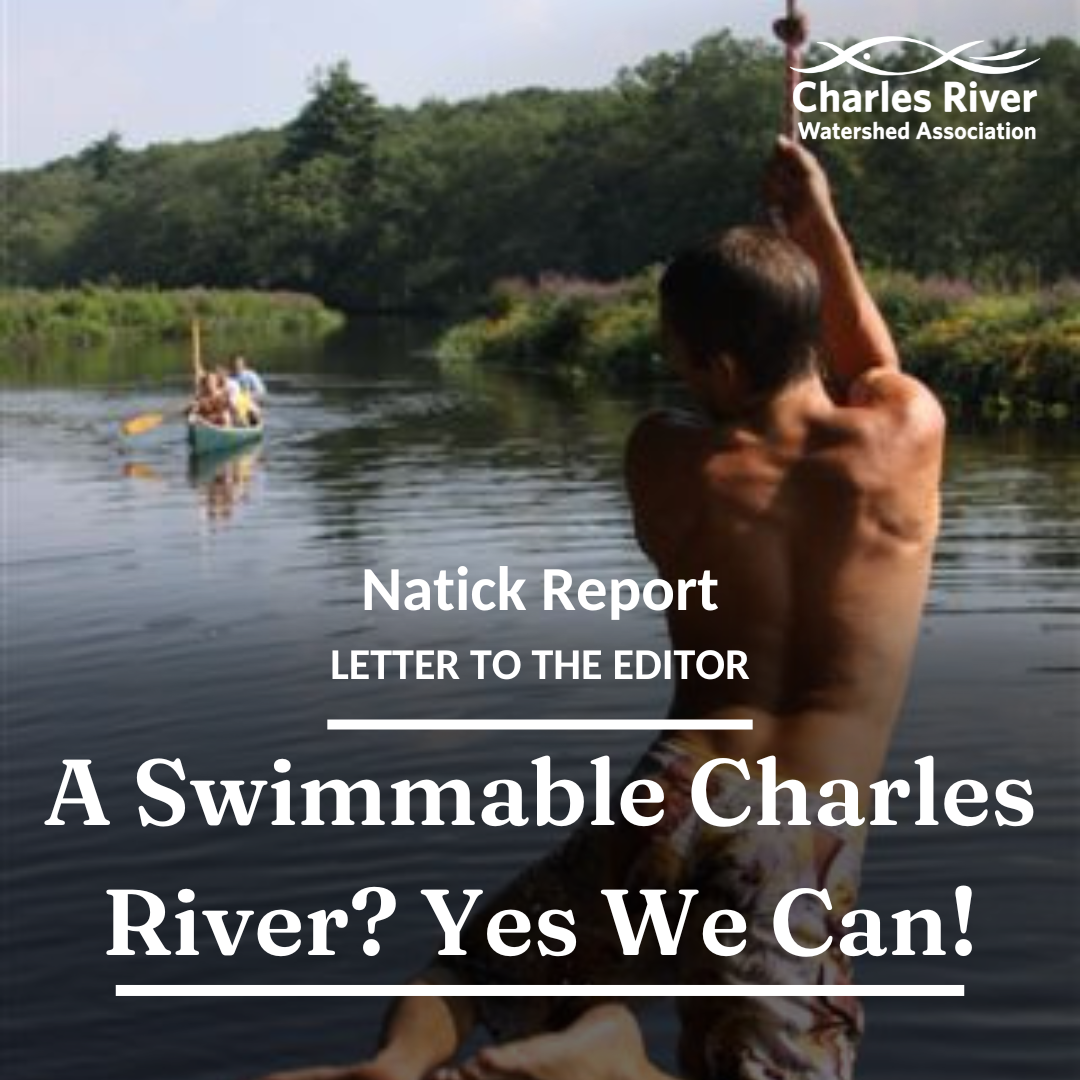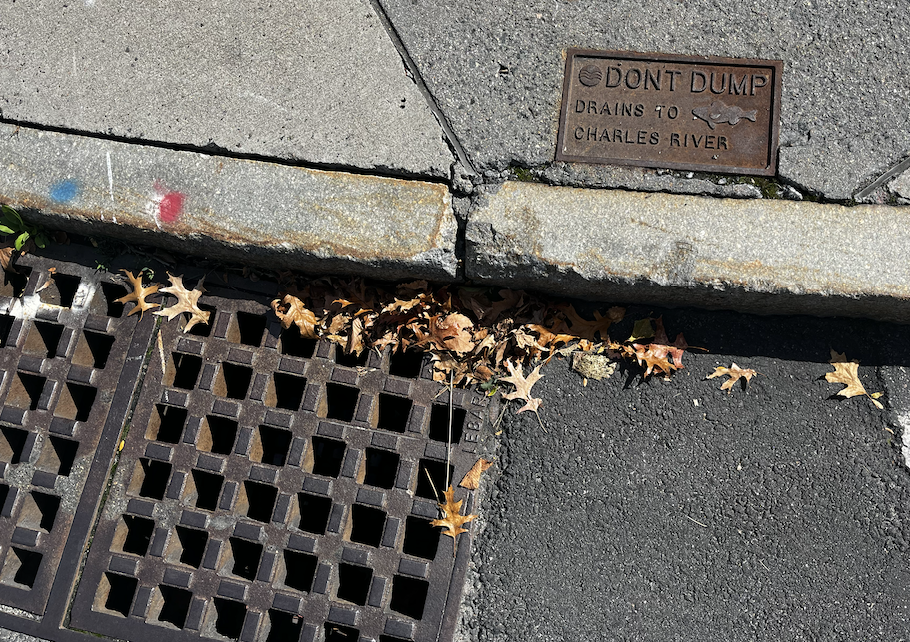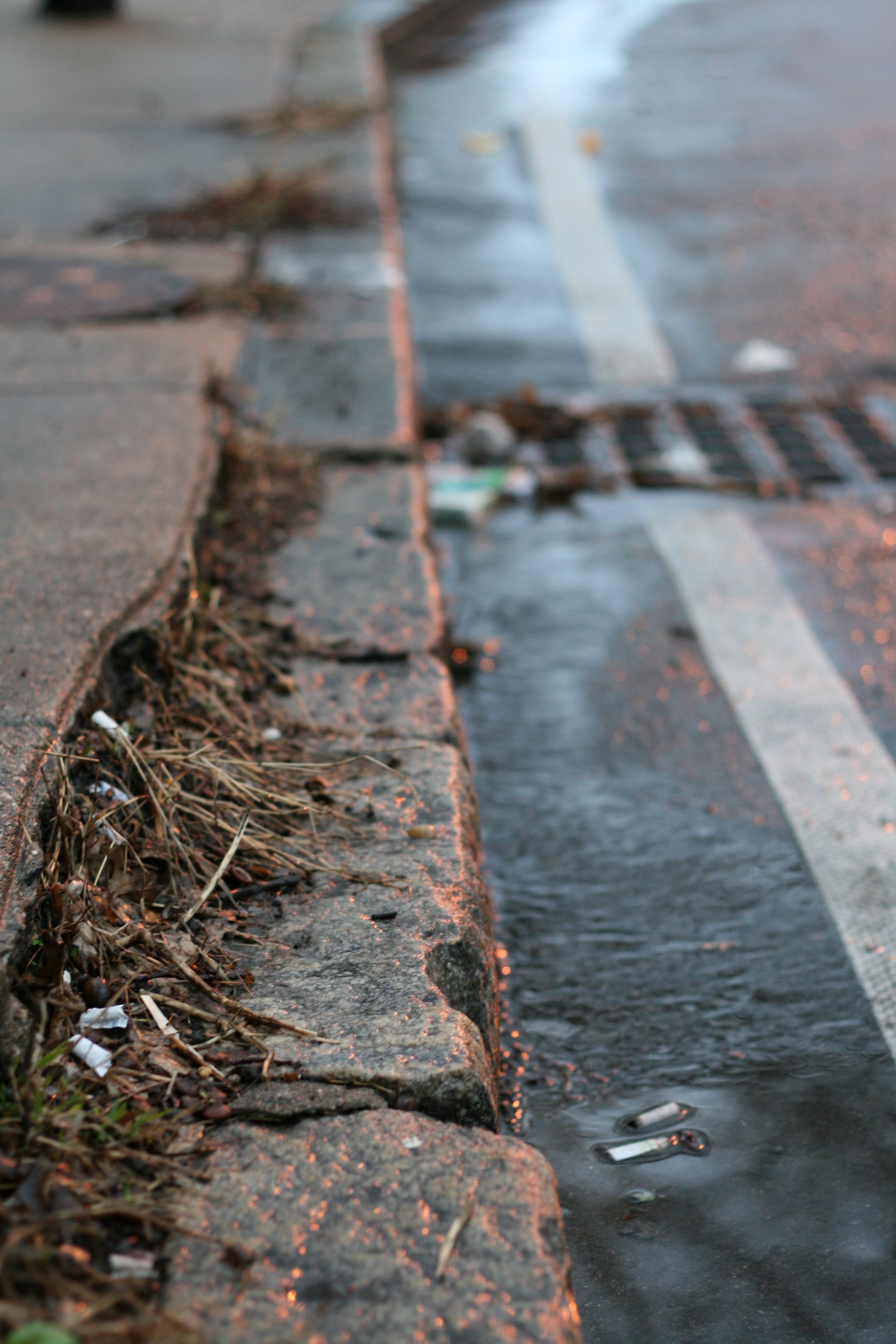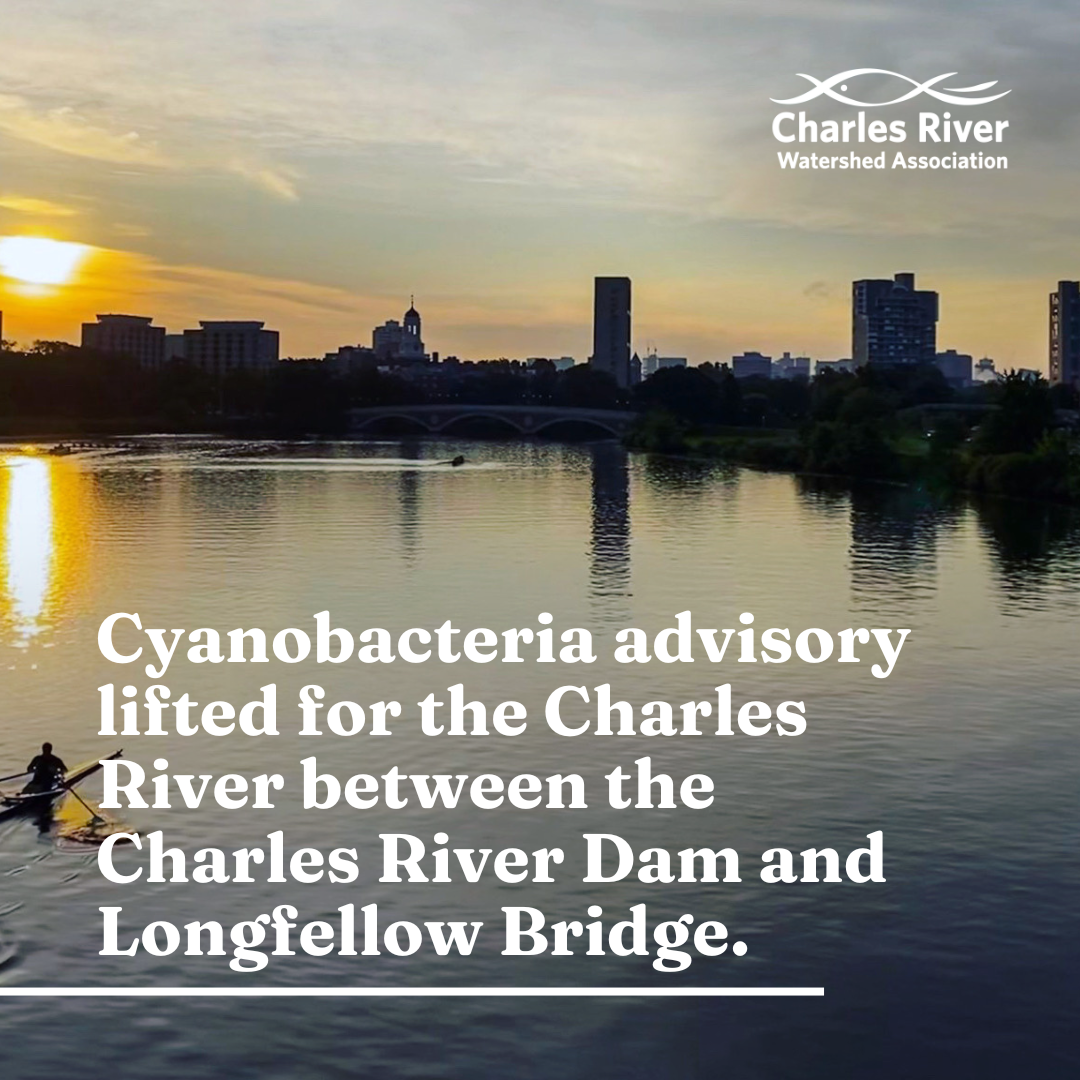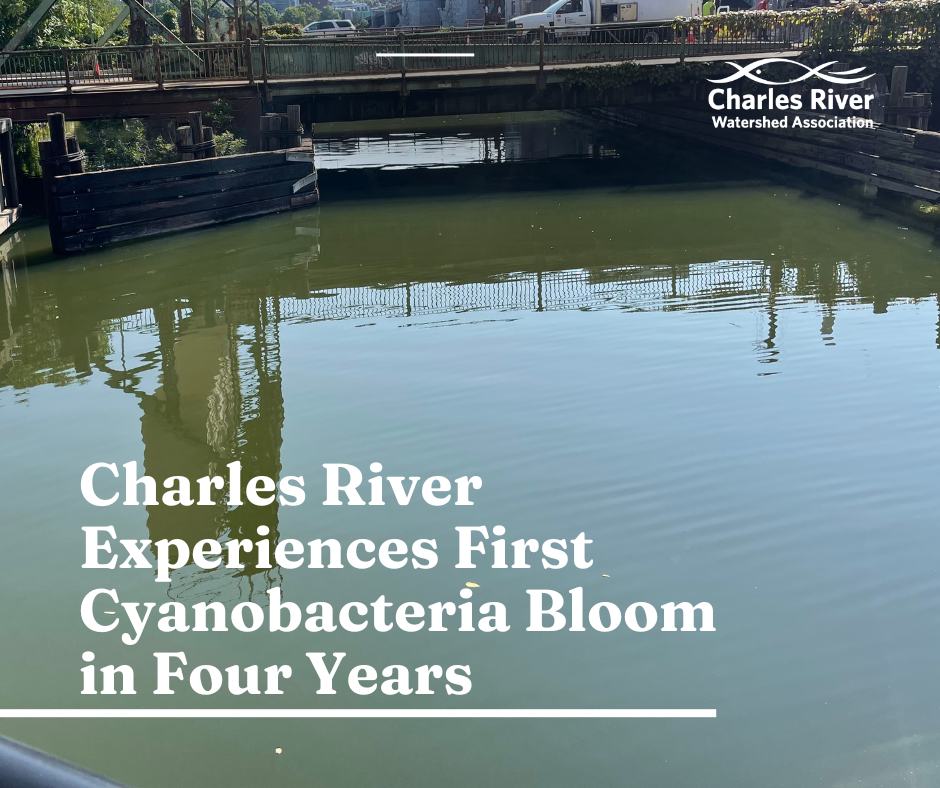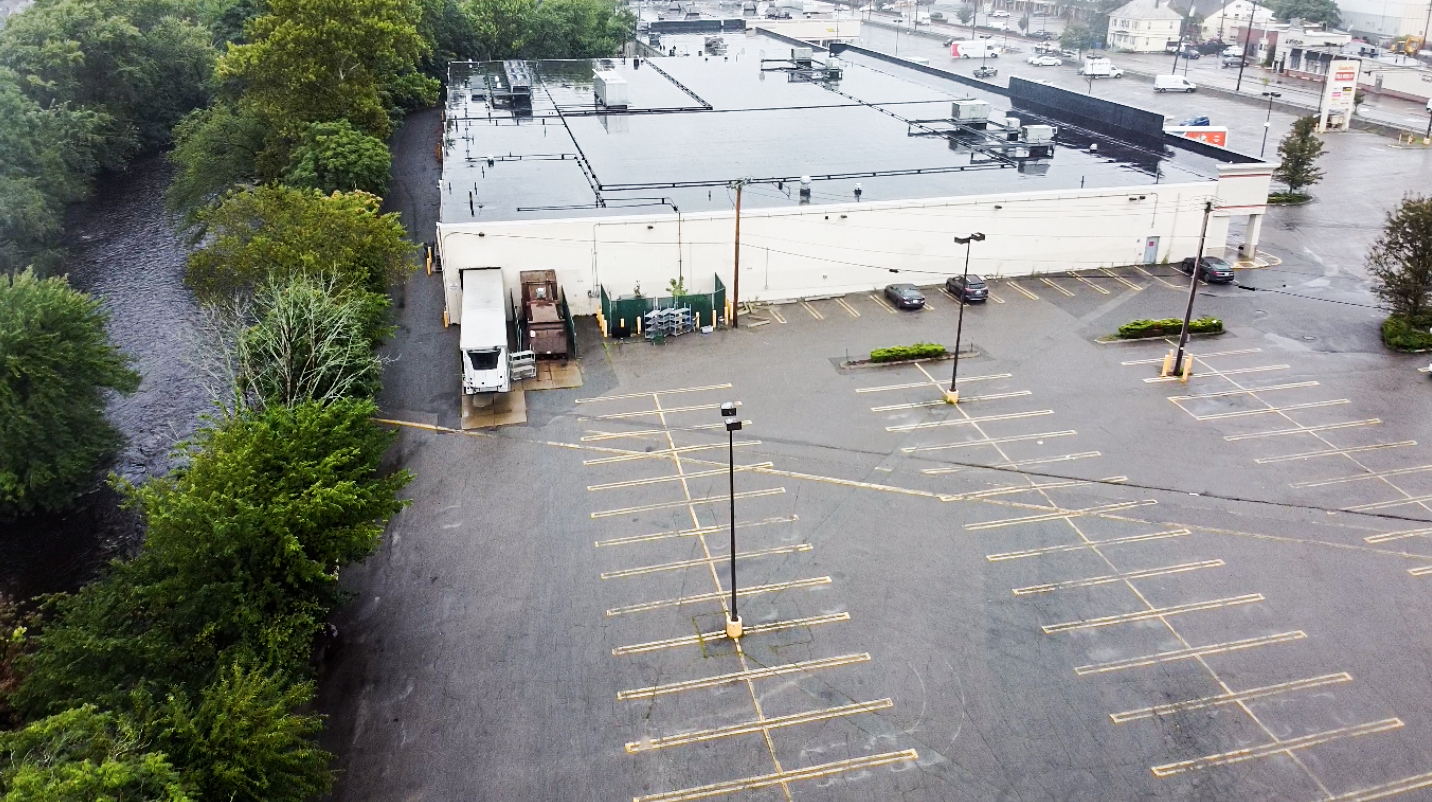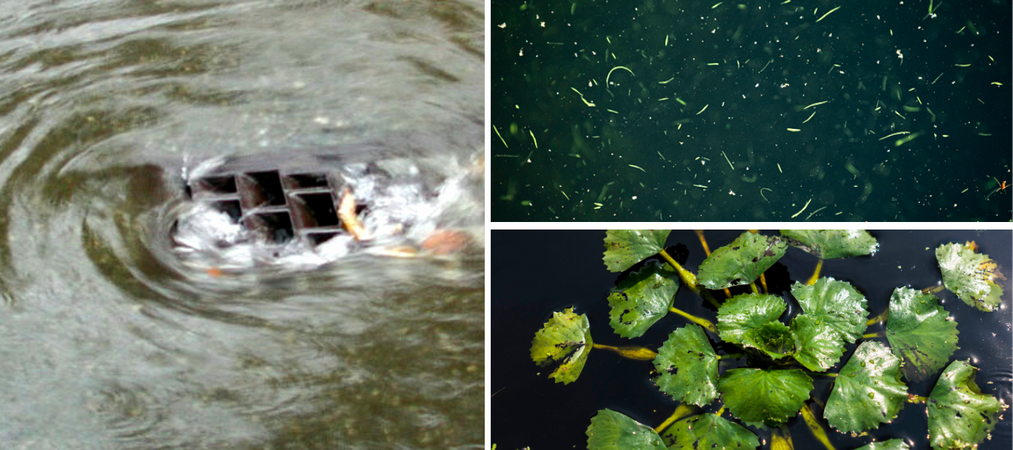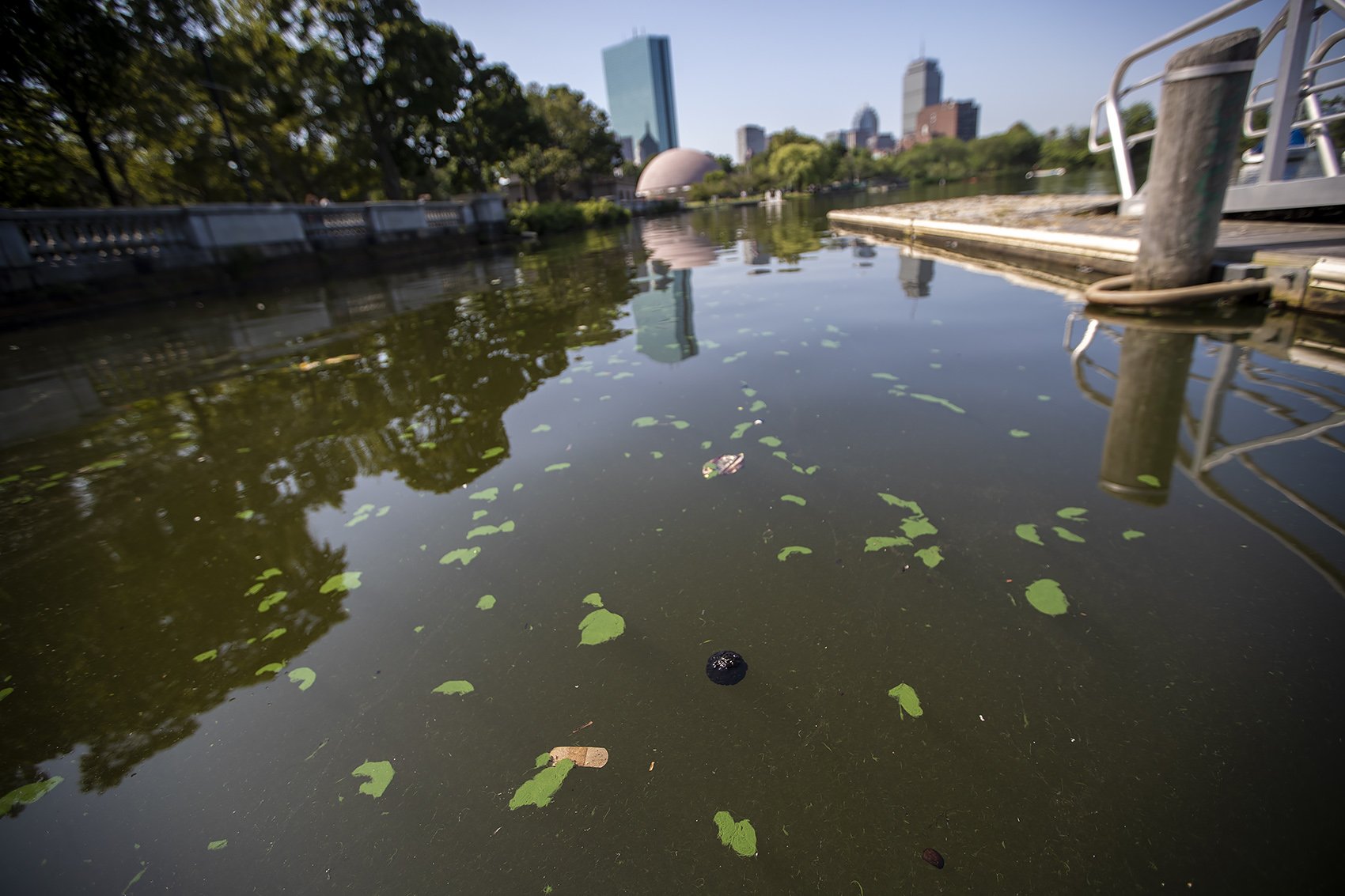
CYANOBACTERIA
Tracking Blooms to Protect Public Health
What are Cyanobacteria Blooms?
Cyanobacteria, also known as blue-green or toxic algae, are naturally occurring microorganisms found in our rivers, lakes, and ponds.
Excess phosphorus from stormwater runoff and warmer temperatures cause cyanobacteria populations to explode into a toxic bloom, releasing dangerous cyanotoxins that threaten public health, are fatal to pets, and are harmful to the ecosystem.
With climate change bringing increased precipitation and extreme heat, cyanobacteria blooms are becoming more frequent, long-lasting, and severe. The Charles River has had cyanobacteria blooms almost every summer for the last decade, with the longest bloom lasting twelve weeks in 2020.
Explore a storymap on Cyanobacteria Blooms in Greater Boston. View fullscreen.
How do I know if the Charles River is safe?
Tracking Cyanobacteria Blooms:
Each summer, we measure cyanobacteria concentrations on a weekly basis in the Lower Basin of Charles River at three locations in Boston and Cambridge and report high levels to the MA Department of Public Health.
If a cyanobacteria bloom is identified, the Department of Public Health issues a public health advisory, signs are posted along the river, and we spread the word through the Flagging Program, our water quality notification program.
What we are doing about it:
We’re keeping stormwater pollution out of our river in the first place by advocating for strong stormwater regulations, helping cities and towns meet reduction goals, and bringing nature back into the built environment with green infrastructure solutions.
Become a Cyanobacteria Visual Monitor!
Do you walk, bike, or paddle along the Charles? Cyanobacteria blooms can develop quickly, and we need volunteers like you to be the eyes and ears of our river.
Help us identify and track cyanobacteria blooms as a Cyanobacteria Visual Monitor!
Virtual Training
Watch our virtual training session to learn how to visually assess for Cyanobacteria and submit it to our data collection program.


